This was published 7 years ago
The world’s greatest climates: Top cities to visit for perfect weather all year round
By David Whitley
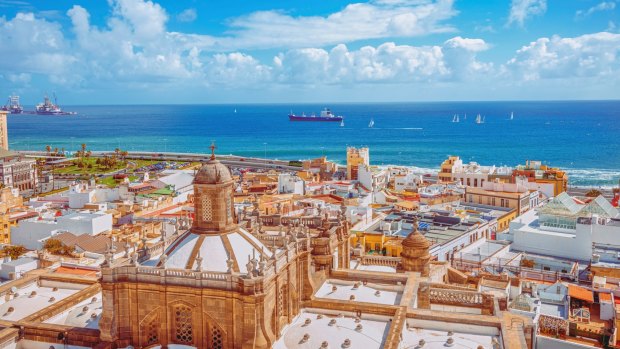
Aerial view over the old town and waterfront of Las Palmas, Spain.Credit: iStock
Trying to find the perfect weather is a nigh-on impossible task. Even the most consistently pleasant destinations have the odd blip every now and then. It's also a pretty subjective topic – one person's perfect might be temperatures in the late 20s, with low rainfall. Others may prefer late teens with slightly higher humidity. Others enjoy seasonal variation.
The quest for the ideal climate is not helped by the sheer number of phantom claims out there. There are several places that lay claim to titles bestowed by authoritative publications such as National Geographic or Guinness World Records, but the source information for these studies is curiously tricky to unearth.
So let's just accept that there's no definitive number one – although this little lot are in contention for it…
Las Palmas, Spain
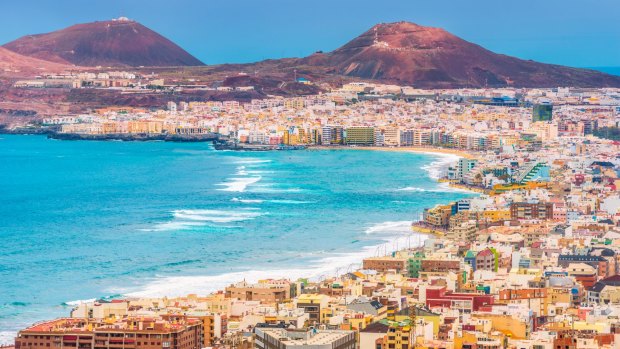
Credit: iStock
The Canary Islands, belonging to Spain, but off the north-west coast of Africa, have long been a popular winter sun destination for Europeans. And Las Palmas, capital of Gran Canaria, came out on top in one of the few verifiable proper surveys done into ideal climates. In 1996, Thomas Whitmore, director of research on climatology at Syracuse University, studied the climates of 600 cities across the world for his "Pleasant Weather Ratings". Whitmore defined "pleasant weather" as maximum temperatures between the mid-50s and mid-80s Fahrenheit (about 13 to 29 degrees Celsius). He also divided those temperatures into bands, factoring in low levels of cloud and rainfall to give star ratings for each month. Las Palmas got three star ratings year-round.
Handy website Holiday Weather (www.holiday-weather.com) largely concurs, stating that average temperatures are always between 18 and 25 degrees Celsius in Las Palmas – although it does get an average of 11 days with rainfall in December.
See also: The Canary Islands - still a mystery to most Australians
San Diego, California
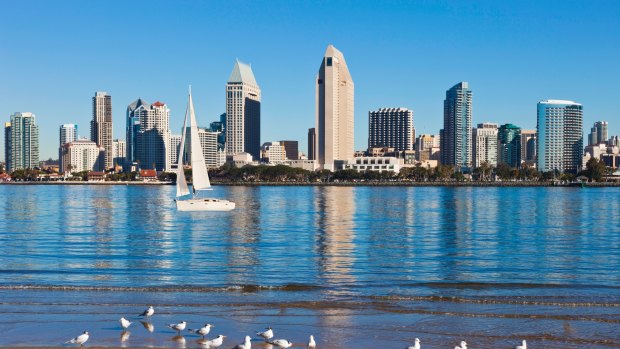
City Skyline Of San Diego, California.Credit: iStock
Coming in second on Whitmore's study was San Diego, which tends to be regularly used as a perfect climate benchmark elsewhere. A latitude similar to Sydney's (but above the Tropic of Cancer rather than below the Tropic of Capricorn) gives plenty of warmth. The coastal position keeps cooling breezes coming through. And the deserts behind it mean rainfall is pretty low.
San Diego got a three star rating between mid-March and mid-December, and a still pleasant but in the mid-to-late teens temperatures one star rating for the rest of the year.
It's notable that five of the top 10 in the 600-strong list were in southern California – partly an indication of the study's American bias, but mainly an indication that SoCal does weather pretty darned well.
See also: The 20 must-do highlights of San Diego
Viña del Mar, Chile
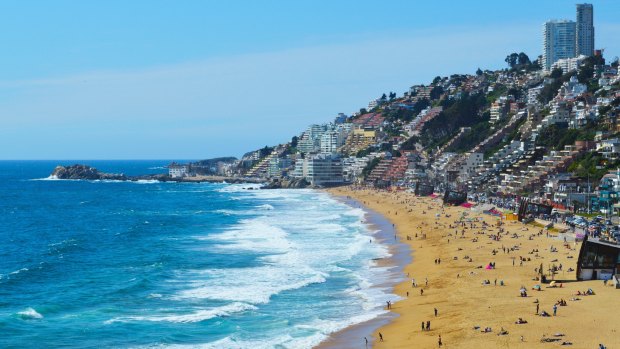
Beach in Vina del Mar, Chile. Credit: iStock
Another effort to find the place with the ideal climate was attempted by Ed Darack, writing for Weatherwise magazine in 2014. He bundled in numerous factors – such as how much variance there was from an optimum 68 degrees Fahrenheit (20 degrees Celsius) temperature or 50 per cent humidity, plus likelihood of lightning strikes and fog. Las Palmas only made it into second this time, with Viña del Mar on Chile's central coast coming out on top. The cooling Humboldt current ensures temperatures rarely top 30 degrees Celsius there, while average minimum temperatures in the depths of winter only drop as far as 11 degrees. There's an average of 19 inches of rain each year (Melbourne, by comparison, gets 25.5 inches), most of which comes down during the winter months.
See also: 20 reasons to visit Santiago, Chile
Adelaide, South Australia
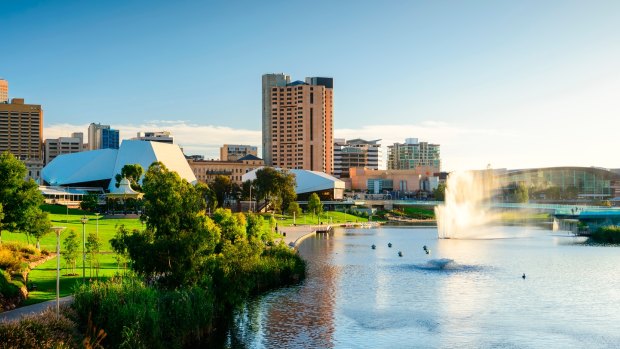
Adelaide, South Australia.Credit: iStock
Darack's study has two Australian entries in the top 10 – with the Manjimup region of south-west WA being pipped by Adelaide. Those who experienced a furnace-like summer's day in the South Australian capital may raise an eyebrow at this, but on the whole temperatures there are in that Goldilocks zone, rainfall is relatively low and the dryness keeps humidity from getting to Sydney or Brisbane levels.
See also: Eight great things in Adelaide most visitors miss
Yuma, Arizona
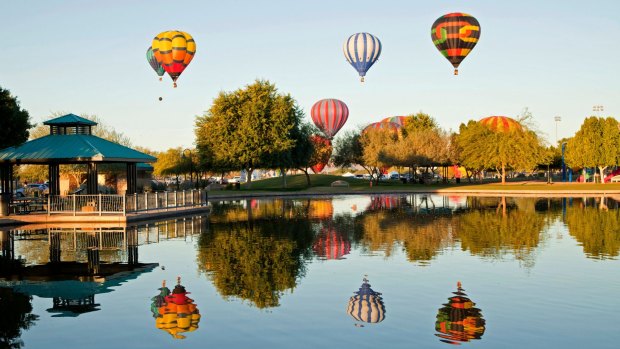
Hot Air Balloons at the Balloon Festival in Yuma, Arizona.Credit: Alamy
Temperatures, though, are not the only measure of good weather. For some, it's all about the brightness and sunshine. And according to data submitted to the World Meteorological Organisation by weather stations, Yuma in Arizona comes out on top on this front. The town, which is where the Arizona, California and Mexico borders meets, gets an average 4,015 hours of sunshine a year – which equates to 11 hours a day. Second on the list is Arizona's largest city, Phoenix, with the American south-west and Saharan north Africa dominating the top 10.
There are other spots that do better – a couple of weather stations on Canada's Ellesmere Island deep inside the Arctic Circle for example – but these are largely remote and far from habitation.
See also: What are the must-do highlights of Route 66?
Swakopmund, Namibia
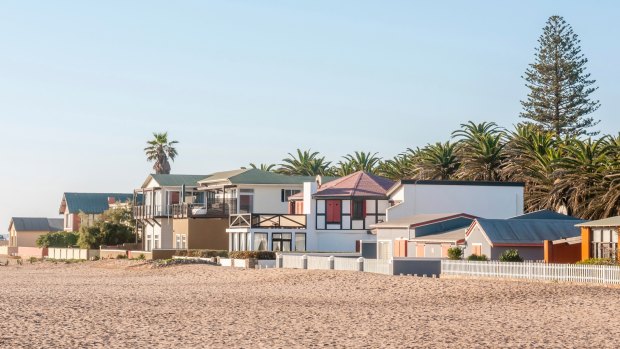
Beach and houses in Swakopmund, Namibia.Credit: iStock
For others, it's not about how much sun you get, but how little rain you get. Quillagua in the Chile's Atacama desert tends to top the records on this score – its official average annual rainfall is 0.05 inches a year, but that's just a way of saying it gets a few drops once every few years.
Quillagua is little more than a waypoint, however, so for those who hate the rain, arguably the best proper destination is Swakopmund in Namibia. The weirdly Germanic resort town gets just over half an inch of rain every year, with a consistent six to seven hours of sunshine every day. Average minimum temperatures are between 10 and 16 degrees Celsius, while the average maximums are within the 18 to 23 degree range.
See also: How Namibia magnificently replaced Australia in Mad Max: Fury Road
Elsewhere
Other destinations with near-ideal climate that crop up several times on web discussions of this topic include Barcelona, Lisbon, New Zealand's North Island, Ecuador (particularly Loja), Malaga in Spain and Medellin in Colombia. The north-west Moroccan coast, Madeira, Port Elizabeth in South Africa and Cyprus.
See also: The top 17 countries to visit in 2017
See also: World's hottest destinations, literally
Sign up for the Traveller newsletter
The latest travel news, tips and inspiration delivered to your inbox. Sign up now.